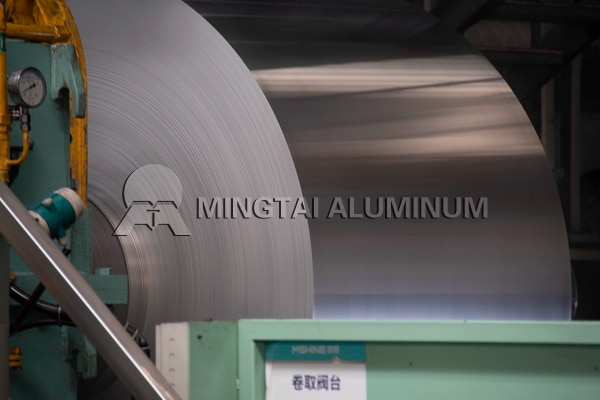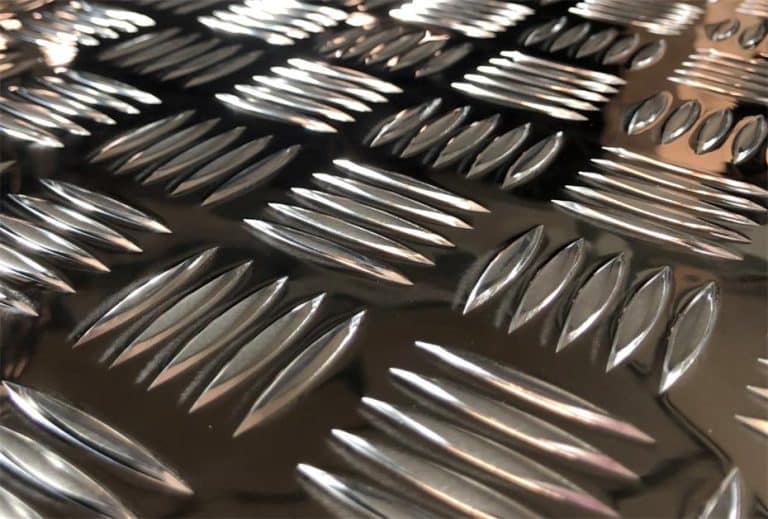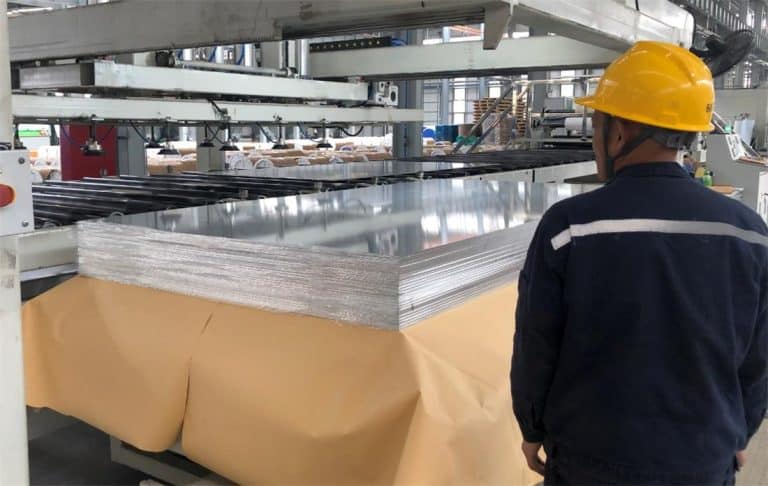Rust-proof aluminum alloy
Rust-proof aluminum alloys mainly include 3 series VS 5 series aluminum alloy. The strength and hardness can be improved through work hardening. The main characteristics of aluminum-manganese alloy are medium strength, good plasticity, and good corrosion resistance. It is also called rust-proof aluminum. It has good weldability and is widely used in scenes that require welding.
3 Series VS 5 Series Aluminum Alloy
Aluminum-magnesium alloys and aluminum-manganese alloys(3 series VS 5 series aluminum alloy) are collectively called rust-proof aluminum because the alloy components between them can improve their corrosion resistance. Aluminum-manganese alloy consists of 3003 aluminum plate, 3004 aluminum plate and 3105 aluminum plate. The first type is widely used, the second type is usually used for tanks, and the latter type is used where high conductivity is required, such as electrical wires. According to the content of magnesium alloy, there are 5052 aluminum plate, 5754 aluminum plate, 5083 aluminum plate, 5086 aluminum plate, etc., which can be used in industries with high corrosion resistance and strength requirements such as ship hulls and containers. Specially processed aluminum alloys are resistant to the atmosphere, water and oil. Has good corrosion resistance.

Rust-proof aluminum alloy manufacturer
Rust-proof aluminum alloy mainly contains manganese and magnesium alloy elements. Due to the role of manganese, aluminum-manganese alloys have higher corrosion resistance and strength than pure aluminum, and have good weldability and plasticity, but poor processability. Due to the role of magnesium, the density of Al-Mg alloy is lower than that of pure aluminum, its strength is higher than that of aluminum-manganese alloy, and it has good corrosion resistance.




